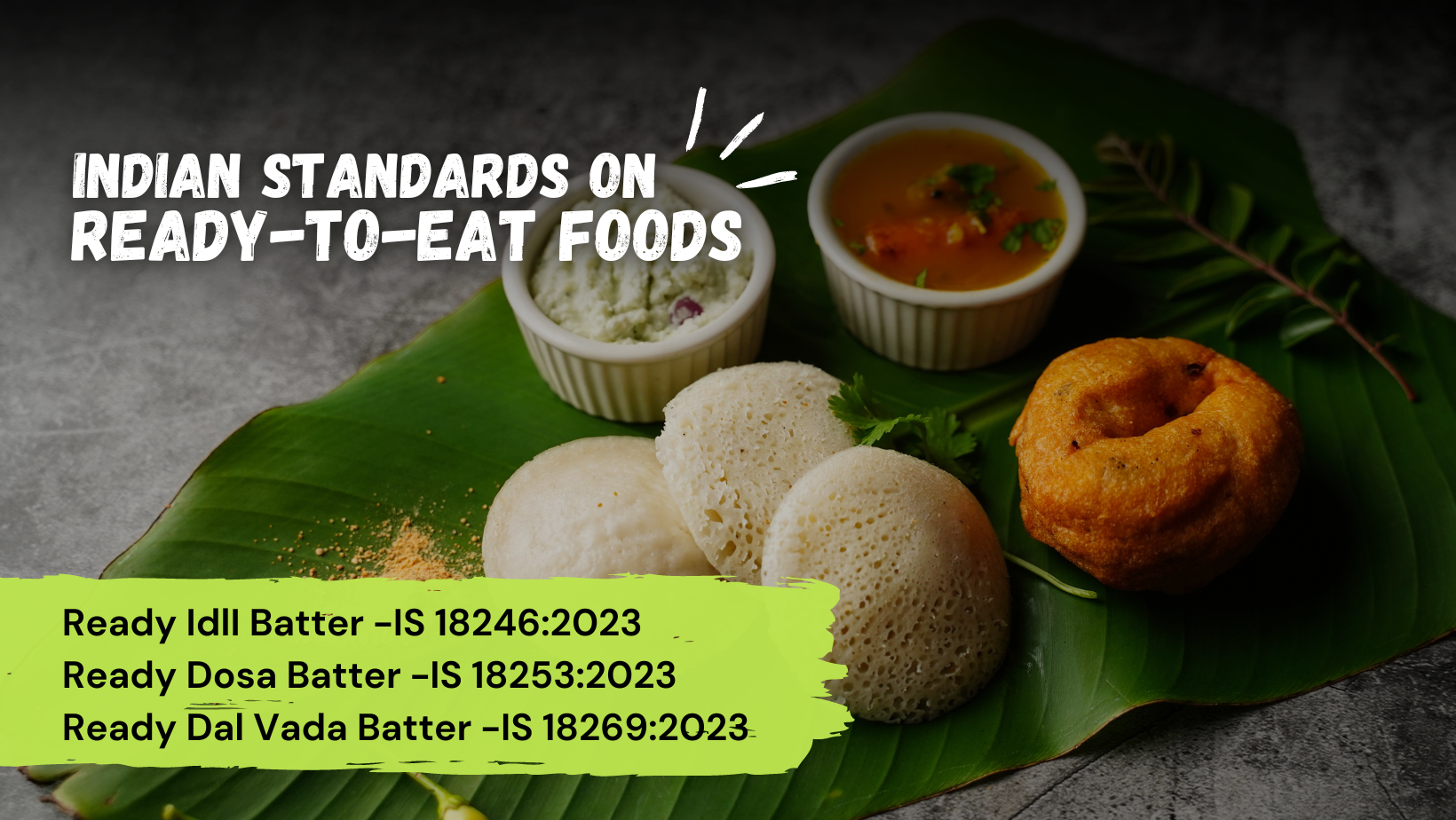

The Bureau of Indian Standards (BIS), through its Ready-to-Eat Foods and Specialized Products Sectional Committee, FAD 24, has formulated the following indigenous Indian Standards: IS 18246: Indian Standard Specification for Ready-to-Use Idli Batter IS 18253: Indian Standard Specification for Ready-to-Use Dosa Batter IS 18269: Indian Standard Specification for Ready-to-Use Dal Vada Batter In traditional idli-making, considerable labor is involved in grinding parboiled rice and black gram dal into a paste, fermenting the batter, and steaming it in moulds. Similarly, the traditional method of making dosa batter involves labor-intensive steps such as grinding parboiled rice and black gram dal into a paste, fermenting the batter, and then spreading it thinly on heated tawas for frying. Additionally, the traditional method of making dal vada involves grinding watersoaked black gram dal into a thick paste, shaping it into vada shapes, and deep-frying until golden brown.
Due to this labor-intensive nature of grinding, the use of ready-to-use idli batter, dosa batter, and dal vada batter, which eliminates the grinding process, has gained popularity among consumers seeking convenience without compromising on taste or quality. These standards outlines the composition, processing methods, packaging requirements, and quality control measures for idli batter, dosa batter, and dal vada batter. By adhering to these standards, manufacturers can ensure consistent quality and safety, thereby enhancing consumer trust and satisfaction. The Indian Standards IS 18246, IS 18253, and IS 18269 are paramount for governing ready-to-use batter products, ensuring consumer convenience, food safety, industry standardization, and cultural preservation.
These standards contribute to a thriving market for ready-to-use batter products while prioritizing consumer health, satisfaction, and cultural heritage. In this context the Manak Manthan programme was being organized by this office to raise awareness on the requirements of the standard.